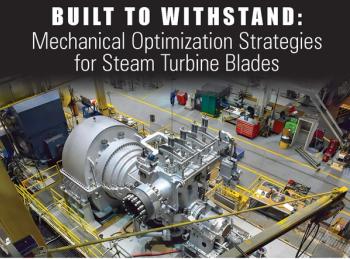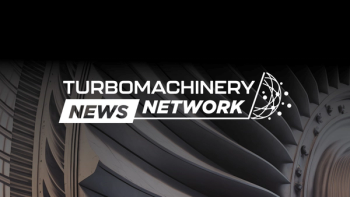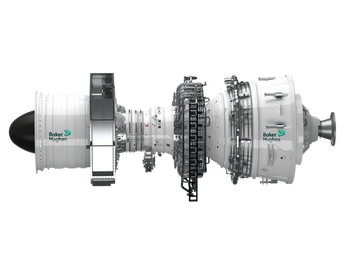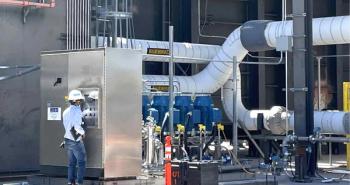
MHI Thermal Systems Unveils Waste Heat Technology: ETI-W Centrifugal Heat Pump
Key Takeaways
- The ETI-W centrifugal heat pump efficiently uses waste heat, achieving 90 ℃ and 640 kW capacity, suitable for high-temperature industrial applications.
- The pump uses HFO-1233zd(E) refrigerant, with a global warming potential of 1, ensuring minimal environmental impact.
In addition to providing heating and hot water supply for commercial facilities, the ETI-W can serve the electronics, automotive, food, chemical, and pharmaceutical industries.
Mitsubishi Heavy Industries Thermal Systems (MHI Thermal Systems) launched the newly developed
The new ETI-W centrifugal heat pump will be used across various applications, including:
- Electronics
- Automotive
- Food
- Chemical
- Pharmaceutical
- Heating and hot water supply in commercial facilities
The pump’s coefficient of performance is 4.01 when supplying hot water temperature of 90 ℃, and it’s capable of handling large-scale industrial capacities equivalent to a 1-ton boiler with 640-kW capacity. It is equipped with centrifugal compressors—also utilized on MHI’s centrifugal chillers—that are designed for refrigerant characteristics and high compression ratios.
The technology achieves high performance and a small footprint by using an inverter starter panel within the primary unit and a shell-and-tube heat exchanger. On the environmental side, it uses a non-fluorocarbon refrigerant—HFO-1233zd(E)—with a global warming potential of 1 and does not deplete the ozone layer.
MHI’s EC-8
MHI Thermal Systems launched an updated version of its Ene-Conductor Heat Source Control System. The new
- Controlling the number of centrifugal chillers
- Controlling the variable flow rate of chilled water
- Cooling water
The EC-8 model supports both the individual pump system and the multiple pump system widely used in large-scale facilities built across Southeast Asia and the Middle East. It uses the BACnet protocol and Modbus to enable real-time communication and information exchange between machines and sensors, improving response time. The system contains fewer signal cables, simplifying construction management.
The EC-8 control system automatically selects the air conditioning system’s optimal operating point, cutting power consumption by up to approximately 26% and improving overall energy efficiency. Its repeatable system design and installation workload can be minimized, enabling simple integration at existing and upcoming facilities. According to MHI Thermal Systems, the EC-8 can be installed without modifying the current facility for additional energy savings.
Thermal Energy Storage
In late November 2024, Aisan Industry placed an order with MHI Thermal Systems for a large-scale
Using high-efficiency centrifugal chillers and control technologies, such as automatic switching of optimal operating modes, may reduce yearly CO2 emissions by approximately 50%. The system uses HFO-1233zd refrigerant, which has the lowest global warming potential to minimize its environmental impact. Overall, the system offers energy-saving performance, optimal control technology, and improved operational performance.
Newsletter
Power your knowledge with the latest in turbine technology, engineering advances, and energy solutions—subscribe to Turbomachinery International today.





